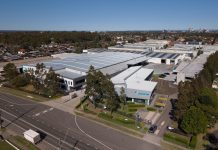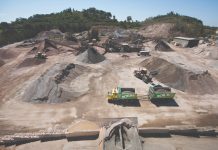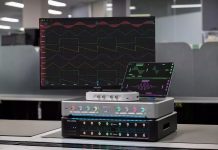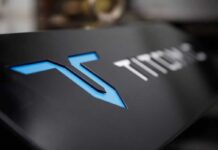Multinational power and automation technology corporation ABB recently donated more than $150,000 in drives, motors and PLC equipment to the Electrical Power Engineering (EPE) Laboratory at the Clayton campus of Monash University, allowing it to offer new learning opportunities for students in the area of electricity generation and how it behaves.

The official opening of the recently upgraded EPE Laboratory took place in early October at the Clayton Campus and was hosted by the Department of Electrical and Computer Systems Engineering (ECSE) at Monash University.
Professor Jamie Evans, Head of the Department of Electrical and Computer Systems Engineering at Monash University, thanked everyone who had donated their time to upgrading the lab, as well as ABB for the generous donation.
“We are proud to support Monash University and electrical engineering students via the donation of ABB’s energy efficient drives, motors and control products,” said Michael Hose, ABB’s Drives manager for Australia.
“ABB’s very excited about the future of engineering in Australia and committed to supporting educational endeavours that further develop students’ understanding of the electricity grid and the technologies that are enabling the integration of renewables to lower environmental impact.”
ABB’s donation included 8 x DCS550 DC drives, 16 x AC500 eco PLCs, 8 x ABB-Baldor electric motors and 8 x ACSM1 Servo Drives combined with Regenerative Units, with full braking power. The Regenerative Units control the line side power factor to unity, in order to maintain clean power with very low harmonic content.
“The ABB donation provided the momentum to undertake a much more ambitious upgrade. Monash University now has one of the most advanced power electronics labs of any university in Australia,” said Dr Czaszejko,” said ECSE’s Dr Tadeusz Czaszejko.
The upgraded lab now offers a wide range of new learning possibilities for electrical engineering students, particularly in relation to the generation of electricity and how it behaves. The students are able to run various theoretical calculations, then utilize the equipment in the lab to simulate how various applications actually work in practice. Students can also simulate the adding of a generator to the electric grid, as well as the transferal of surplus electricity, generated from renewable energy sources such as photovoltaic cells, back into the grid.




















